You've probably heard the phrase "keeping up with the Joneses" a few times in your life.
Maybe it was about neighbors who always had to outdo one another's Christmas light displays. Maybe it was in response to the pressure felt when it seemed like everyone on the block was putting an addition on their house.
The term conjures up images of suburbia, where people display their prosperity through home improvements, cars, and even parties. It became a code term for materialism and flaunting your wealth, but also for a desperate need to fit in with the neighbors.
But the term didn't start in the 1950s. And the Joneses? They were real people.
You probably know just how ornate and opulent homes from the 1800s could be, and our Joneses were all about it.
In 1853, Elizabeth Schermerhorn Jones built a 24-room mansion for herself in Rhinebeck, NY, in the picturesque Hudson Valley. The Gothic mansion had towers and gables and arched windows, and looked like something right out of a fairy tale. Even its name, Wyndclyffe, had a magical air about it.
Wyndclyffe enjoyed a rich history, but then the Great Depression hit, and it fell into disrepair.
Today, it stands crumbling and melancholic in the forest, and it's become a favorite spot for explorers. It looks like its fairy-tale charm persists even in ruin…
[H/T: House Beautiful]
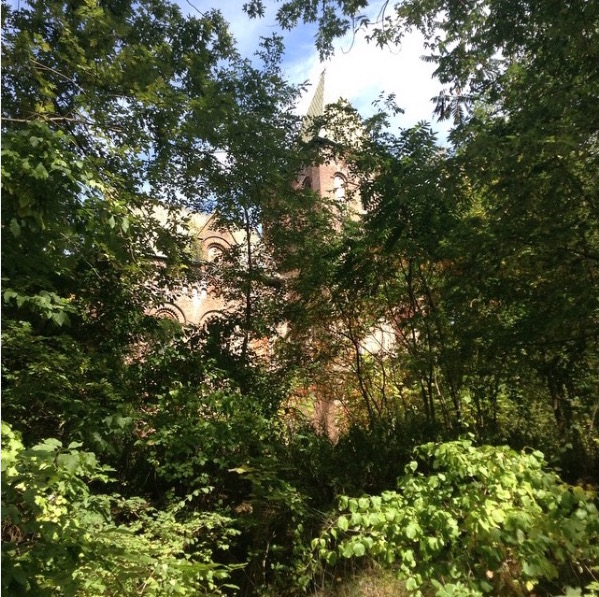
If you happen to wander around in the forested valley of Rhinebeck, NY, you might find a silent, mysterious old mansion peeking through the leaves.
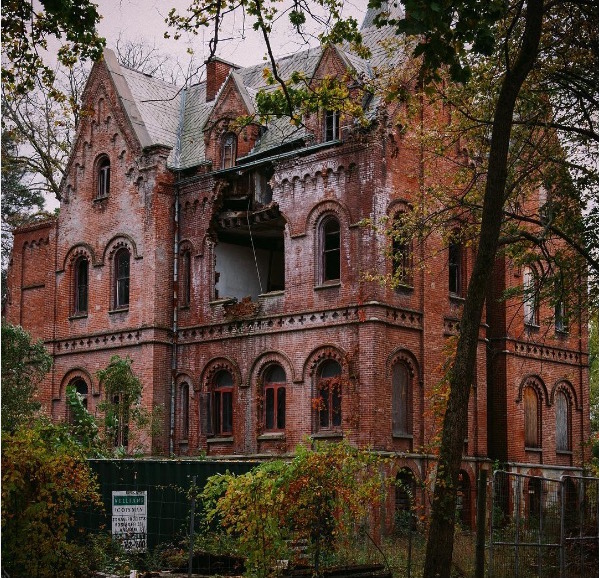
This is Wyndclyffe, a 24-room Gothic mansion built in 1853 by Elizabeth Schermerhorn Jones.
Inspired by, and perhaps jealous of, her luxurious new home, her neighbors began building their own lavish houses up and down the Hudson Valley.

The now-common term "keeping up with the Joneses" originated with this very house.
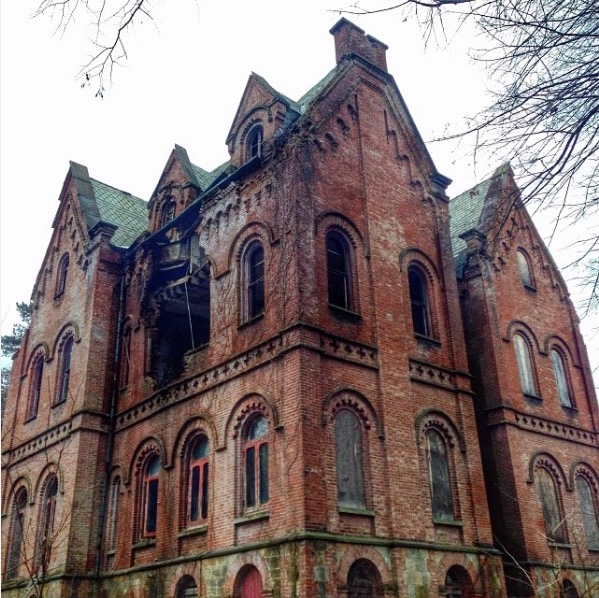
People in the Victorian period were fascinated with all things medieval, and so it was stylish to build in the Gothic style, with features arched windows and lots of ornamentation, like an old church.
Even the name "Wyndclyffe" was probably chosen for its old-timey ring.
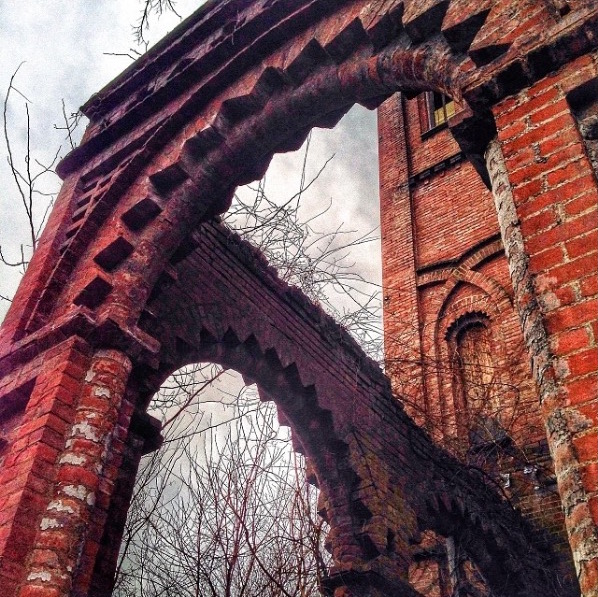
The house passed through several different owners, including the aunt of novelist Edith Wharton.
Wharton didn't especially like the house (or her aunt), but it did serve as the inspiration for a house in her 1929 novel, Hudson River Bracketed.
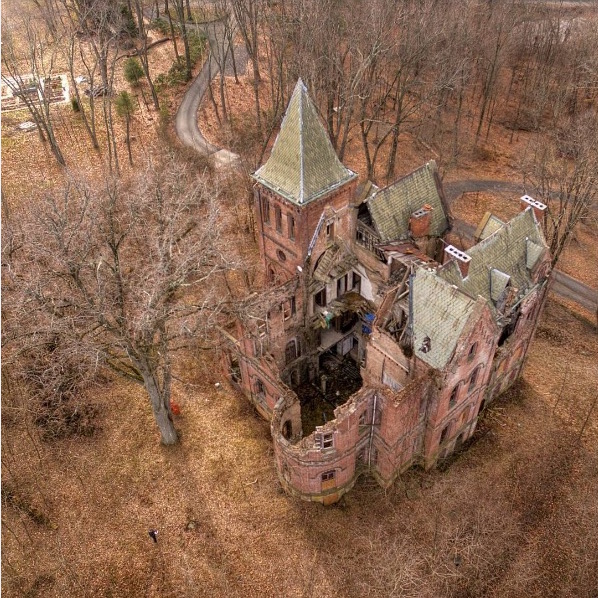
During the Great Depression, though, the owners simply couldn't afford to keep up such a large house, as well as the 80 acres of property on which it stood.
By the 1950s, the house had been abandoned for good, and remained that way for a long time. The surrounding land was sold off, too, and today, the property is only two and a half acres.
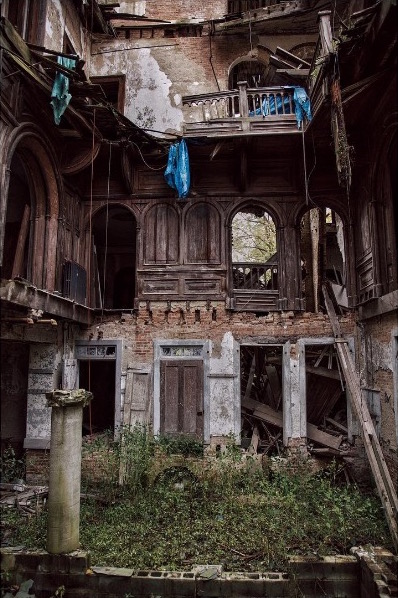
During that time, it became a favorite spot for explorers and lovers of all things historic and spooky.
The house has fallen into disrepair, but you can still see how beautiful it must have been in its heyday.
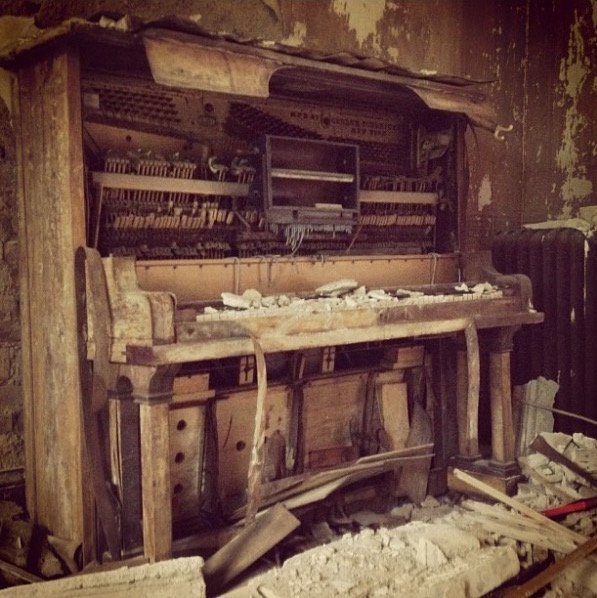
It must have been a great place to throw parties.
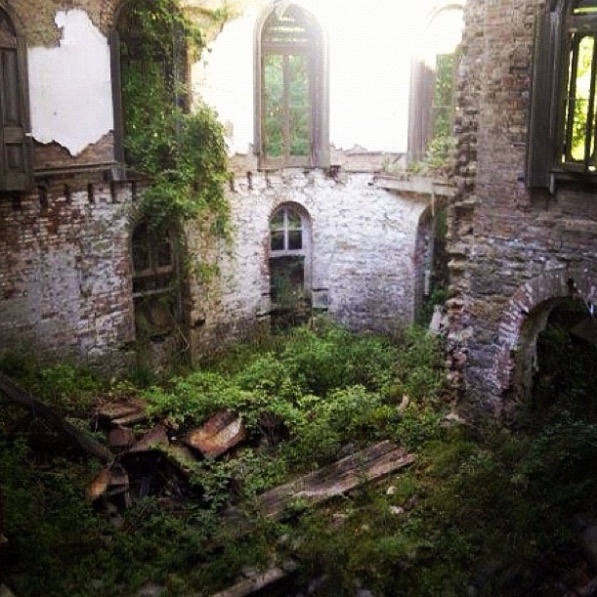
And, perhaps ironically, its romantic decay and haunting beauty would make it just as beloved during Victorian times.
The house and property were recently sold at auction for $120,000, and hopefully, the new owners will work to preserve this piece of history, so we can continue to keep up with the Joneses.
SHARE this fascinating piece of history with anyone who's ever wondered who those Joneses were!




